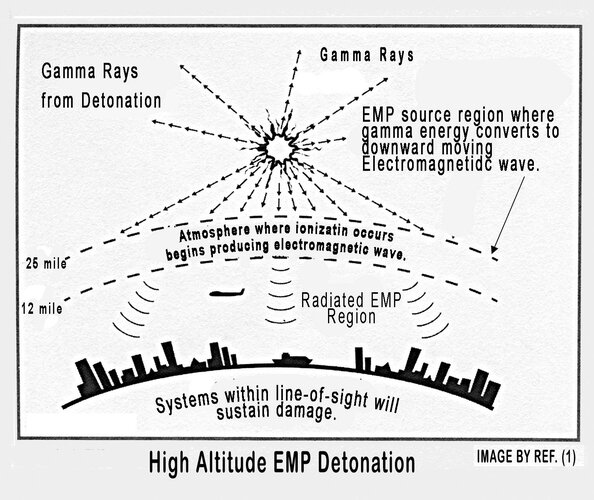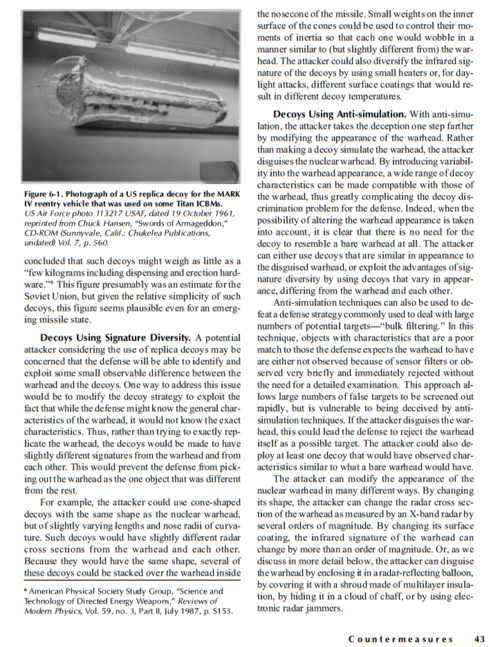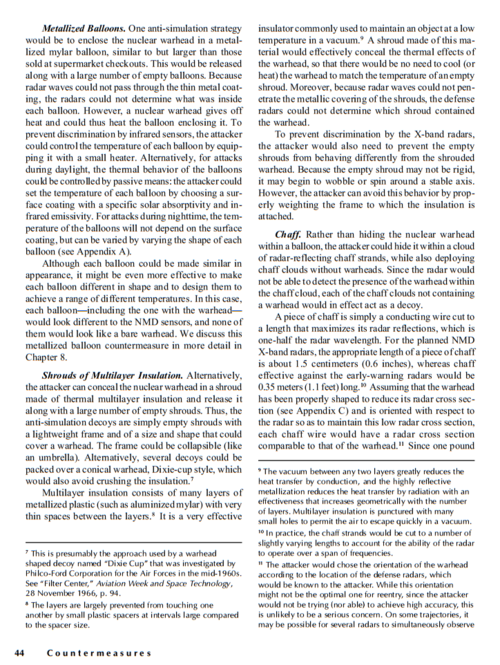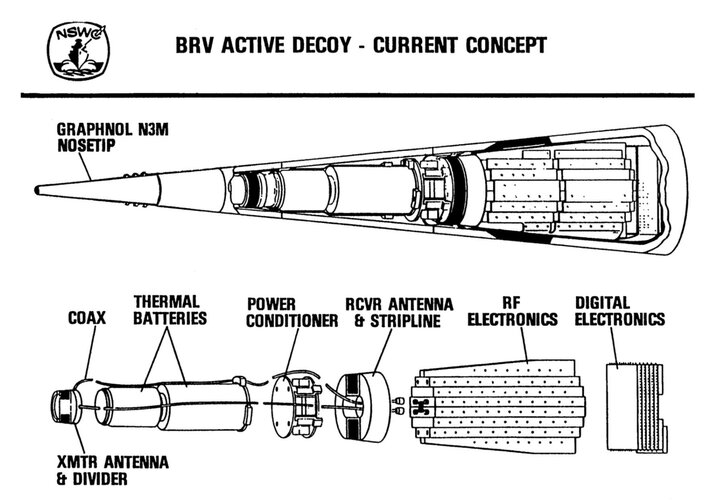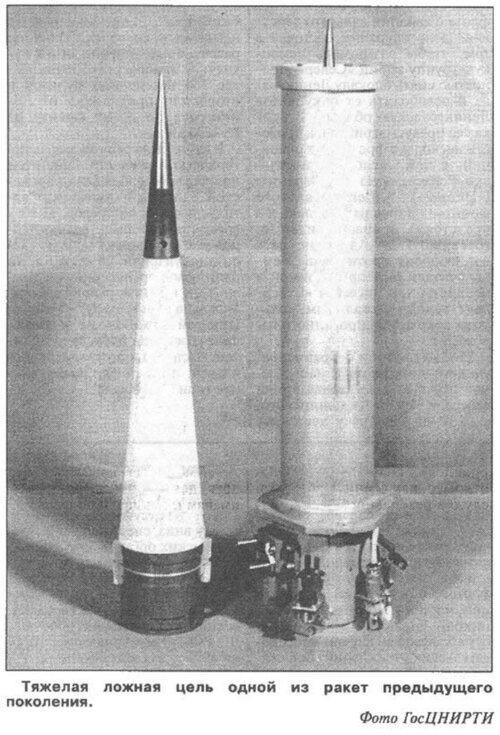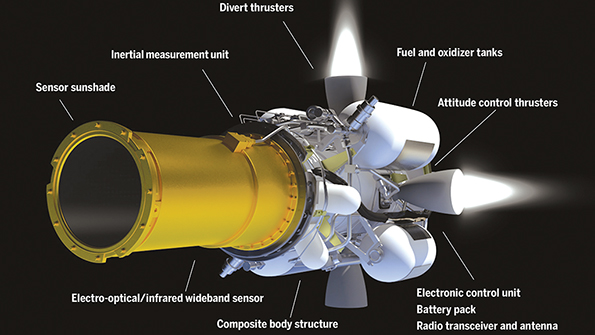What are the methods to discriminate ICBM decoys? are they truly useless as stated by Stuart Slade?
I found that a bit strange since Patriot even have trouble discriminate the booster sections and fragment of SCUDs missiles with the warhead
Multiple Independently-Targeted Re-Entry Vehicles (MIRVs)
Why they exist Although MIRVs are often regarded as a development of MRVs, in fact they come from a totally different logic. In a ballistic missile site, the missile itself represents only a small proportion of the cost of the system (usually 10 - 20 percent). The bulk of that cost is represented by the silo and the command control system that goes with it. That cost is dorectly related to the number of missiles, not the number of warheads on each missile. Therefore, it is much less expensive to built 100 missiles with ten warheads each that 1,000 missiles with one warhead each. All the money saved can be invested in making the silos much harder and thus more difficult to destroy (meaning the enemy must fire more missiles at them to guarantee their destruction).
How it works The missile bus containing the warheads is designed so that it can make changes in its attitude and pitch between discharging warheads. It is then programmed so that, at the appropriate time, it can make those changes before discharging a warhead and can, thus, aim each warhead at a separate target. In theory it can aim all its warheads at different targets, in reality things are much more complex.
The problem is that the system has to discharge its warheads one at a time. It cannot discharge the whole lot at once. This puts a limit on how many it can discharge in the time available. Also, the degree of manoeuvering is strictly limited. So, the targets engaged by a single MIRV missile are limited toa relatively restricted footprint. Also, there are a lot more variable, many random and unpredictable, in aiming and discharging the MIRV bus which mean that MIRV missile-delivered RVs are a LOT less accurate than unitary RVs. So much so that if the launch distance is too far back from the target, the MIRVs are likely to miss by so much that they will be useless. So the distance at which the MIRV can discharge is severely limited. It should also be noted that the MIRV bus is very complex and very sensitive.
Effects on ABM MIRVs are also often promoted as a way of beating an ABM defense by "swamping it", apparently on the assumption that each descending RV would have to be destroyed individually. In fact, this is, again, not the case. Using nuclear-tipped ABMs, the relatively tightly clustered MIRVs would be taken out by a single shot. However, the simplest technique of eliminating MIRVs is, once again, to kill the bus before it discharges its warheads. This needs some extended range - the effect of MIRVs on the Nike-Zeus program was to upgrade the Zeus interceptor so that it had the range necessary to kill the MIRV bus before it discharged its warheads. That's why the range was increased from 250km (more than adequate to kill an MRV bus) to 740km (way more than adequate to kill any projected MIRV bus. Also, as a bonus, it needed only tiny amounts of damage or disturbance to render the MIRV bus ineffective. Far from being a way of beating an ABM defense, MIRVs were only credible in the absence of ABMs of adequate range.
Put in a nutshell, decoys don't work. That's about as simple as it gets. There are more than three dozen technologies available to distinguise decoys from real warheads. The decoy question was throughly investigated in the early 1960s and all the practical forms of decoy were discounted. By 1964, the decoy problem was essentially solved. Since that time, decoy developers have been trying to produce better decoys and the counter-decoy people have been devising ways of distinguising between the decoys and the real thing. At the moment, the filtration techniques are so far ahead that decoys have been discounted as a viable technique.
To work, a decoy would have to be exactly the same size, shape, weight, weight distribution, appearance, thermal characteristics and thermal distribution as a real warhead; if one's going to do that, why not just use a real warhead? By the way, before anybody repeats the old line "don't make the decoy look like a warhead, make the warhead look like a decoy", that was one of the earliest ideas that was tested. It doesn't work.
The British based an entire Polaris update around the use of decoys (it was called Chevaline). Chevaline ran years late and was horribly over-cost, the problems with the decoys being the primary and largest single cause of the problems. In fact, those problems were never solved. By the way, even using decoys from a ballistic missile is not as easy as it sounds; there's quite a few problems there that have never been solved either. Mostly because it wasn't worth spending money solving those problems when the decoys wouldn't work anyway.

